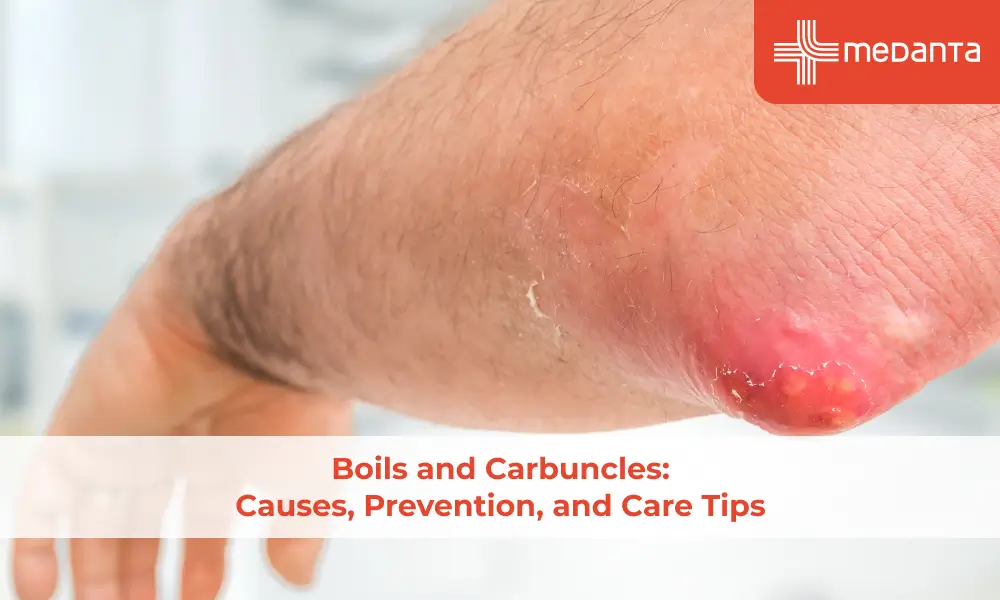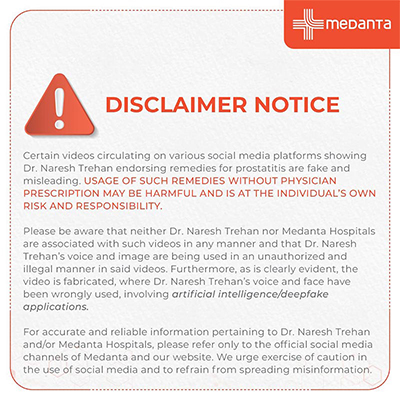7 Simple Ways to Clear Clogged Ears Fast

TABLE OF CONTENTS
Millions of people have hearing loss, and sometimes, the cause is as simple as clogged ears. Learning how to open a blocked ear at home can provide quick relief from the uncomfortable sensation of fullness, muffled hearing, or even dizziness.
Clogged ears occur for various reasons. Too much earwax, water trapped in the ear, changes in altitude during flights ("aeroplane ear"), sinus infections, and allergies are all common culprits. For those experiencing ear blockage due to a cold, the symptoms often clear up after a few days, but the discomfort can be significant while waiting. Fortunately, several ear block home remedies exist to help unblock ears safely. From performing the Valsalva manoeuvre (pinching your nostrils and blowing gently) to using warm compresses, these home remedies for blocked ears can provide significant relief. Additionally, certain ear exercises for blocked ears can help equalise pressure and open the Eustachian tubes.
This article presents seven simple yet effective methods to clear clogged ears fast.
Dealing with clogged ears can be frustrating and uncomfortable. The following seven techniques have been proven to help unclog ears and restore normal hearing.
1. Swallowing or Yawning
Opening your mouth wide to yawn or simply swallowing repeatedly can effectively relieve ear pressure and blockage. These natural movements help activate the muscles that control the Eustachian tubes, small passages connecting your middle ear to the back of your throat.
2. Valsalva Manoeuvre (Gentle Ear Popping)
The Valsalva manoeuvre is a controlled breathing technique that helps equalise ear pressure and open blocked Eustachian tubes. This method is especially effective for ear blockage caused by pressure changes or mild congestion.
To perform the Valsalva manoeuvre correctly:
Take a deep breath and close your mouth
Pinch your nostrils shut with your fingers
Gently attempt to blow air out through your nose while keeping it pinched
Maintain this gentle pressure for 5-10 seconds
Release your nostrils and breathe normally
3. Steam Inhalation
Steam inhalation offers a gentle, non-invasive way to unclog ears, particularly when blockage stems from congestion or mucus buildup. The warm, moist air helps loosen mucus in the nasal passages and Eustachian tubes, making it easier to drain.
There are two effective ways to use steam for ear unclogging:
Method 1: Bowl and Towel
Method 2: Hot Shower
4. Warm Compress
Applying a warm compress to your blocked ear can effectively relieve pressure and promote drainage. The gentle heat helps soothe discomfort while encouraging fluid movement within the ear canal.
To create and use a warm compress:
Soak a clean washcloth in hot (not scalding) water
Squeeze out excess water until damp
Hold the warm cloth against the affected ear for 5-10 minutes
Repeat as needed throughout the day
5. Ear Irrigation with Warm Water
Ear irrigation involves gently flushing the ear canal with warm water to remove blockages, particularly those caused by earwax buildup. This method can be performed at home with proper care and appropriate equipment.
Before attempting ear irrigation:
Ensure you have no ear infections, perforated eardrums, or history of ear surgery
Use only body-temperature water to avoid dizziness
Follow all instructions on over-the-counter irrigation kits
To perform basic ear irrigation:
Fill a bulb syringe with body-temperature water
Tilt your head over a sink or basin with the affected ear facing downward
Gently pull your outer ear upward and backwards to straighten the ear canal
Slowly squirt water into the ear canal, allowing it to drain out naturally
Repeat if necessary until the blockage clears
6. Olive Oil or Hydrogen Peroxide Drops
Ear drops can effectively soften hardened earwax, allowing it to naturally exit the ear canal. Several options are available for this purpose, including mineral oil, baby oil, olive oil, glycerin, hydrogen peroxide, and carbamide peroxide.
For using ear drops to unclog ears:
Warm the solution slightly to body temperature (test on your wrist first)
Tilt your head with the affected ear facing upward
Using a dropper, place 2-3 drops in the ear canal
Maintain this position for 5-10 minutes to allow the solution to penetrate
Tilt your head in the opposite direction to let excess fluid drain out
7. Chewing Gum or Sucking on Candy
Chewing gum or sucking on hard candy presents a surprisingly effective method for unclogging ears, especially during air travel or altitude changes. The repetitive jaw movements and increased swallowing help open the Eustachian tubes and equalise pressure between your middle ear and the environment.
This technique works particularly well for:
Preventing ear discomfort during takeoff and landing
Relieving pressure while driving through mountains
Addressing mild Eustachian tube dysfunction
Providing ongoing relief during activities with pressure changes
For maximum effectiveness during flights, start chewing gum or sucking on candy about 30 minutes before takeoff or landing. Continue throughout the altitude change until you feel your ears pop or the pressure equalises.
Safety must come first when attempting to unclog ears at home. Despite the effectiveness of the methods described earlier, certain scenarios require caution or complete avoidance of these techniques. Understanding when not to use home remedies can prevent complications and potential damage to the delicate structures of the ear.
Several medical conditions and situations make some ear-unclogging methods risky or potentially harmful.
Medical Conditions That Require Caution
Never attempt any ear-unclogging method if you have:
A perforated or damaged eardrum
Recent ear surgery
Ear tubes inserted
History of ear injuries
Recurring ear infections
Sometimes ear blockage indicates a more serious condition requiring professional medical attention. Attempting home remedies in these cases might delay necessary treatment or worsen the underlying problem.
Skip home remedies and see a doctor immediately if your clogged ears are accompanied by:
Fever
Severe ear pain
Significant hearing loss
Dizziness or balance problems
Drainage from the ear
Symptoms that persist for more than 3 days
Medical attention becomes immediately necessary if you experience certain warning signs alongside your clogged ears. These key symptoms should prompt you to contact a healthcare provider without delay:
Fever
Severe or persistent ear pain
Fluid drainage from the ear
Hearing loss
Dizziness or balance problems
Tinnitus (ringing in the ears)
Dealing with clogged ears can disrupt your daily life, affecting everything from your hearing to your balance. Fortunately, most ear blockages respond well to simple home remedies. The seven methods we've explored—from swallowing and yawning to using warm compresses—offer effective solutions for different types of ear blockages without requiring medical intervention.
Above all, safety must come first when attempting to clear your ears. In most cases, ears naturally clean themselves, and excessive cleaning can cause more damage than good. Cotton swabs and ear candles pose significant risks and should be avoided entirely. Instead, focus on gentle methods that work with your body's natural processes.
Understanding when to try home remedies and when to seek help makes all the difference in ear care.
What exactly causes ears to become clogged?
Ears become clogged for several reasons. The most common causes include excess earwax buildup, fluid accumulation from infections, Eustachian tube dysfunction, changes in air pressure, and allergies or sinus problems. Each cause may require different approaches for relief.
Is it normal for my ears to feel clogged after swimming?
Yes, this is quite common. Water can sometimes get trapped in the ear canal after swimming or bathing. This “swimmer’s ear” sensation usually resolves on its own within a day. Tilting your head to the side, gently pulling on your earlobe, or chewing can help drain trapped water.
Why do my ears clog up during flights?
Rapid changes in air pressure during air travel can affect your middle ear, especially during takeoff and landing. This happens because your Eustachian tubes may not adjust quickly enough to equalise the pressure between your middle ear and the outside environment. Chewing gum, yawning, or performing the Valsalva manoeuvre can help manage this discomfort.
Can allergies cause clogged ears?
Yes, allergies are a common cause of ear blockages. When you experience allergic reactions, your body produces extra mucus and your nasal passages and Eustachian tubes can become inflamed. This inflammation can prevent proper drainage and airflow, leading to that “full” feeling in your ears. Managing your allergies with appropriate medications may help prevent ear blockages.






